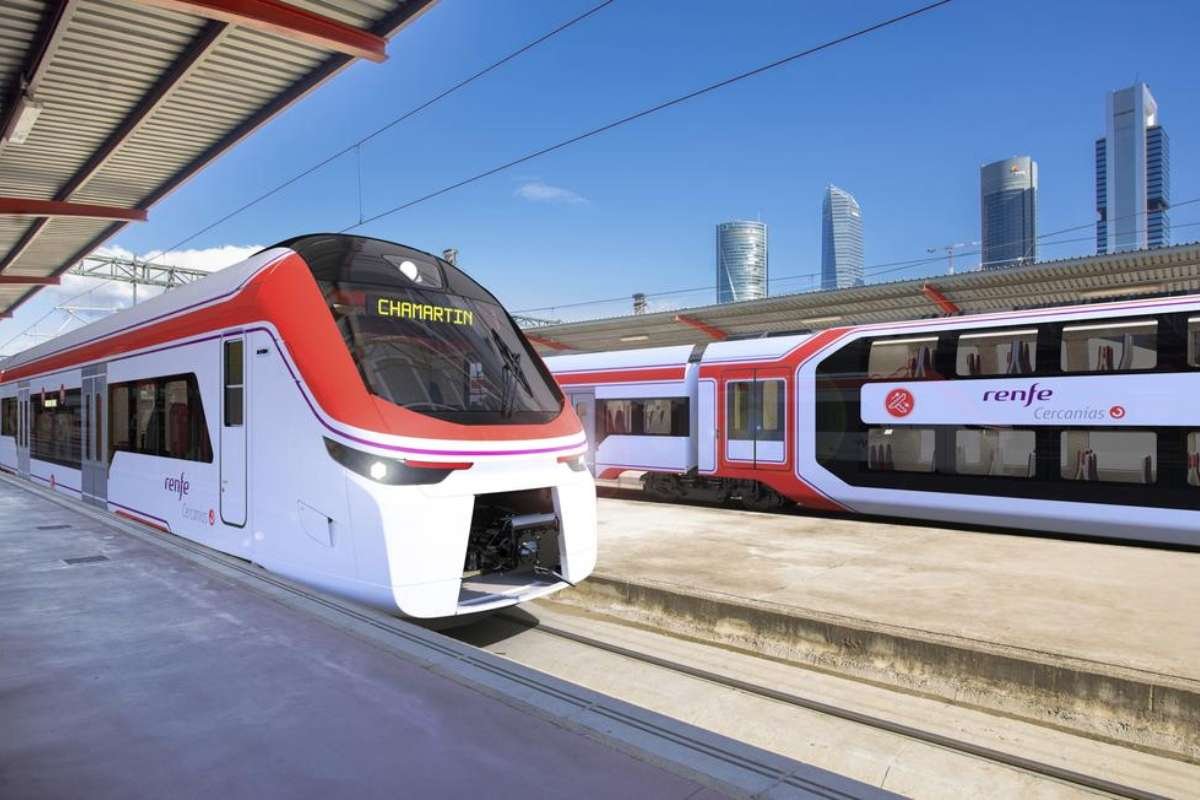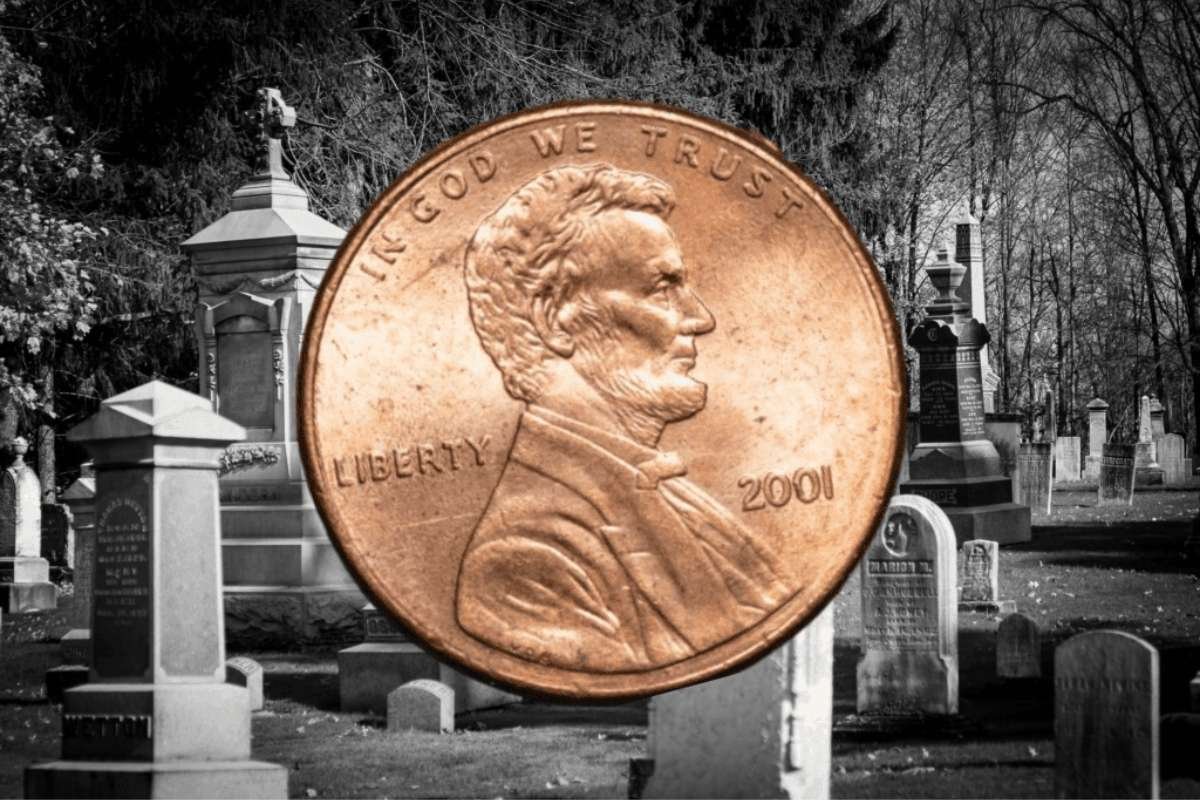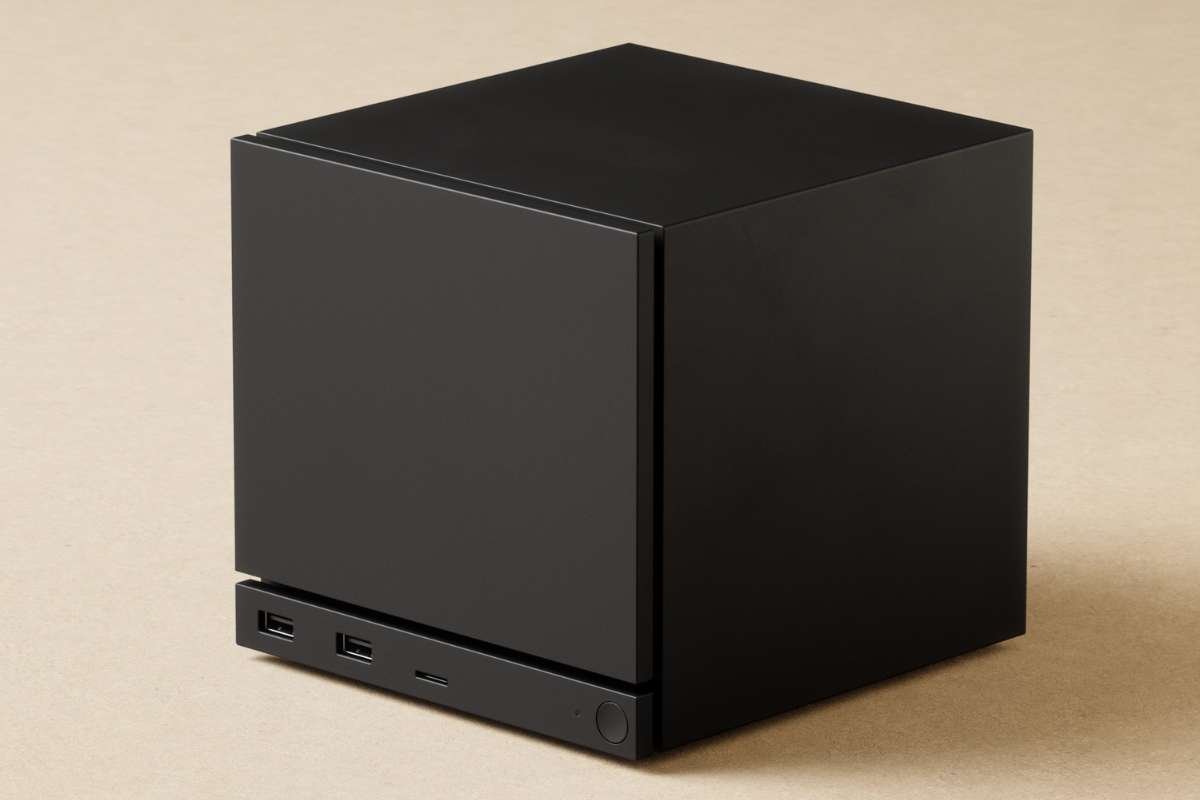Leading food and beverage chains McDonald’s, Chipotle, and Starbucks are experiencing a noticeable decline in customer traffic, signaling growing economic strain among U.S. consumers. The trend, highlighted in the companies’ latest earnings restaurant giants report, points to tightened household budgets and changing spending habits as Americans respond to financial pressures.
McDonald’s Chief Financial Officer Ian Borden noted a clear drop in customer visits, which he linked directly to financial challenges consumers are facing. “The big thing is people are just visiting less and that speaks to, I think, the pressure on consumers,” Borden stated during a Thursday earnings call. The fast-food giant missed Wall Street expectations for its first-quarter earnings, largely due to falling sales and reduced foot traffic across locations.
CEO Chris Kempczinski added that the traffic drop spans multiple income groups, noting that low-income consumer traffic declined by nearly double digits compared to the same period last year. More notably, middle-income consumers are now showing similar patterns, a shift that wasn’t as evident in previous months. “This is a clear indication that the economic pressure on traffic has broadened,” Kempczinski emphasized.
Inflation and Economic Uncertainty Drive Cutbacks
The downward trend isn’t limited to traditional fast-food Restaurant Giants Report. Chipotle Mexican Grill also reported a decline in same-store sales for the first time since the early days of the COVID-19 pandemic. CEO Scott Boatwright pointed to consumer caution and economic concerns as key drivers of the decline, which began gaining momentum in February.
“In our visitation study, saving money because of concerns around the economy was the overwhelming reason consumers were reducing the frequency of restaurant visits,” Boatwright told analysts. He confirmed that these patterns continued through April, underlining a shift in consumer behavior that goes beyond short-term fluctuations.
The economic unease appears to be fueled by inflationary pressures and tariff-related uncertainty stemming from federal policy changes. According to financial analysts, wavering trade policies and rising prices have driven inflation expectations to their highest levels since the 1980s. These shifts are influencing consumer sentiment and discretionary spending, with restaurant giants report among the hardest-hit sectors. A recent Bank of America study further supports this, showing declines in credit card spending on non-essential services such as dining out, travel, and entertainment.
Starbucks Adapts Amid a “Tough Consumer Environment”
Starbucks, the world’s largest coffee chain, is also feeling the impact. The company reported a drop in U.S. comparable store sales for the fifth straight quarter. Despite the slump, Starbucks is opting against price increases in 2025. Instead, it plans to boost staffing by hiring more baristas to improve service and attract customers.
CEO Brian Niccol acknowledged the tough conditions but maintained that Starbucks’ offerings remain a small indulgence consumers may still turn to, even during challenging times. “It is one of those things that people would say, ‘This is a simple everyday luxury that I can still continue to participate in,’” he said during the earnings call.
Together, these reports highlight a growing consumer trend: cutting back on dining out as households grapple with rising costs and economic instability.


















